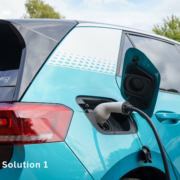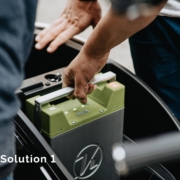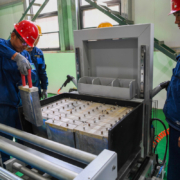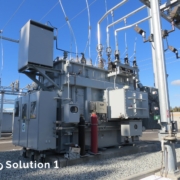The extensive number of lithium-ion batteries adopted across the globe will eventually fall into the waste stream.
- A wise approach to the treatment of repurposing batteries based on the concept of the circular economy is essential.
With the rising deployment of electric vehicles, a large number of decommissioned batteries will be available for the foreseeable future. It offers an economic and sustainable source for battery energy storage systems.
Batteries are defined as one or more electrochemical cells that convert stored chemical energy into electrical energy, they are considered a common energy source for many applications, such as industry or domestic applications.
One of their main characteristics is aging, such aging is also affected by battery capacity and degradation rate, which varies according to the different types of EVs and the technology used; battery aging is in constant change due to extended battery lifespan, consumers’ usage patterns, reduction of charging frequency, driving behavior and general conditions of the road.
Frankly, electric vehicle batteries are replaced before they reach their physical end of life. For electric vehicles, battery degradation occurs when there is still about 80% of their state of health at the end of their useful life. While battery manufacturers aim at increasing the lifecycle up to 15 years, currently such lifespan is about 8 to 10 years. There are three end-of-life options for batteries that might mitigate some of the environmental impacts and allow reuse practices instead of immediate disposal which are remanufacturing, recycling, and reuse.
Repurposing batteries’ second-use strategies, such as removing an electric vehicle battery when it has reached its useful life, can be used as battery energy storage systems, thus providing greater stability and reliability to the grid and increasing the integration rate of renewable energy. Second use also can reduce the carbon footprint by reducing the need for new batteries. Battery energy storage systems as well as by extending the lifespan of existing batteries and slowing the flow of used batteries that have to be recycled.
In order to use batteries as battery energy storage systems, they can be used directly, tested, manufactured, reconditioned, and utilized as stationary. Several companies such as Tesla, BYD, Chevrolet, etc. have products using repurposing batteries as battery energy storage systems in solar panels and wind farms, residential and public energy as a backup, load leveling, and among other secondary-level applications.
In addition, the possibility of reusing batteries in new business models is crucial for the development of a new post-vehicle market for obsolete batteries, and also a way of reducing the price of electric vehicles.
Whether investing in a new or a second-life battery, its lifetime is important to account for, both in terms of environmental and economic sustainability. There are two common measures applied to estimate battery lifetime that is cycle and calendar lifetime.
Battery cycle life is the number of full charges or discharge cycles before it reaches end-of-life. The number depends on the characteristics of the battery and contextual factors. Such as, a new 1000 kWh lithium-ion battery with a depth of discharge of 95% can charge/discharge 3000 times.
A second-life battery study found that at least 2033 cycles should be expected before the battery reached a sudden nonlinear loss. and if we charge the second-life battery one time for a day, the expiry date is about 5 years and 208 days which is pretty suitable for industrial or domestic applications.











